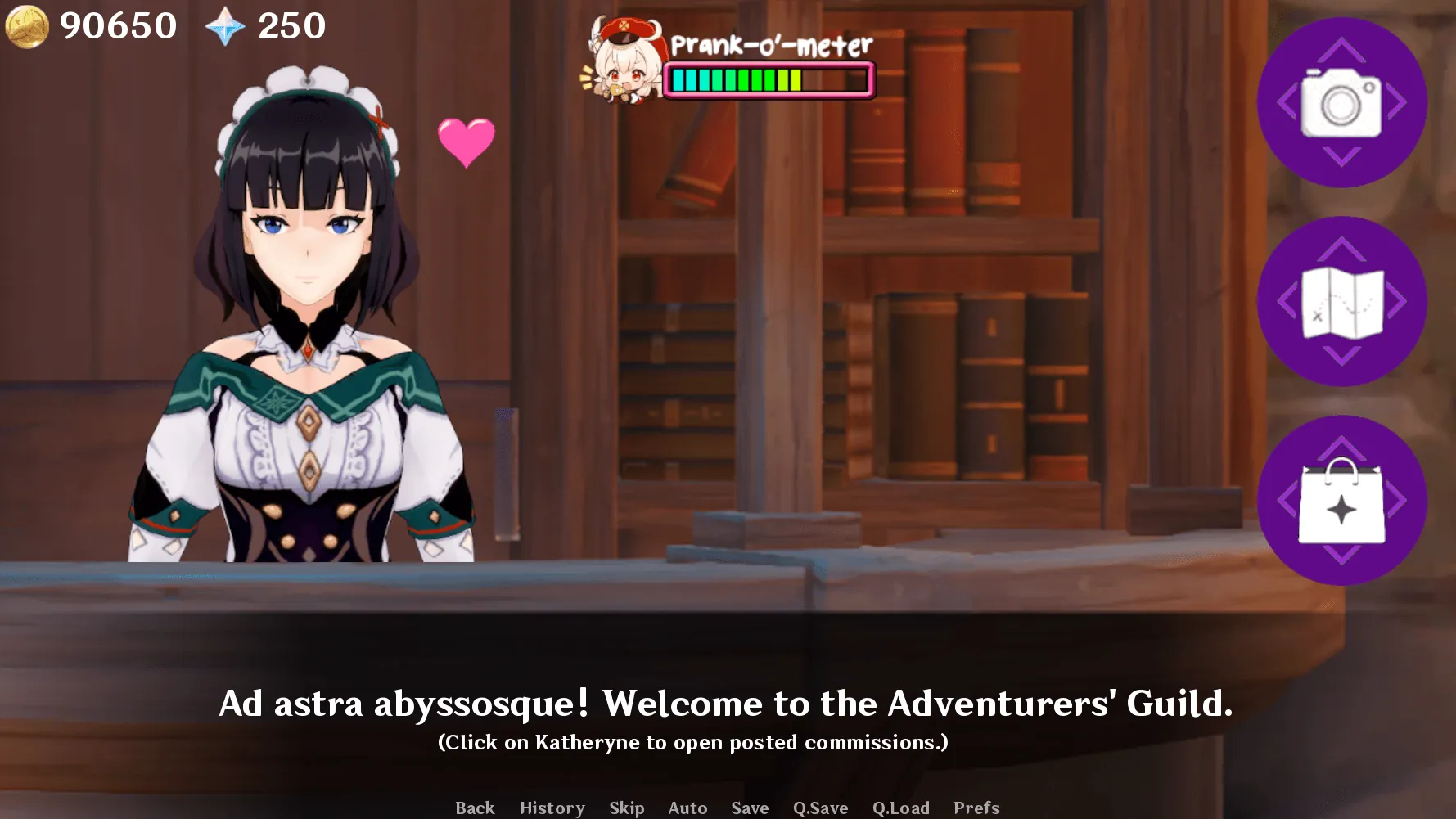
Corruption
Play Corruption
Corruption review
Exploring the Mechanics, Storyline, and Cultural Impact of This Adult Title
The Corruption video game has sparked intense debates since its release, blending narrative-driven gameplay with mature themes. As players navigate its complex moral choices and character relationships, they encounter a world where power dynamics shape every interaction. This analysis examines the game’s design philosophy, story structure, and the reasons behind its polarizing reception. Whether you’re curious about its gameplay systems or want to understand its cultural significance, we’ll explore what makes this title stand out in its genre while maintaining a respectful, analytical perspective.
Understanding Corruption’s Gameplay and Narrative Design
Core Mechanics: Choice-Driven Progression System
Picture this: you’re staring at a dialogue box with three options, each more morally ambiguous than the last. Do you blackmail the mayor to secure resources, flirt with your rival’s partner for intel, or play the hero and risk losing everything? 🕹️💥 Welcome to Corruption, where every choice isn’t just a button click—it’s a seismic shift in your game world.
At its core, Corruption thrives on a branching narrative system with 23+ story paths. Your decisions don’t just nudge the plot—they yeet it into entirely new territories. The game’s reputation meter acts like a moral GPS, tracking how characters perceive you. Help a struggling ally? Your “trust” stat ticks up. Sabotage a business rival? Prepare for icy glares and locked doors.
But here’s the kicker: adult gameplay mechanics aren’t just about mature themes. They’re woven into the player choice impact through a time management system. You’ve got 24 in-game hours to balance relationships, missions, and self-care (yes, even your avatar needs sleep). Mess up your schedule, and you’ll miss critical events—like that midnight rendezvous that could’ve flipped the script.
Pro tip: Prioritize ruthlessly. One player ignored their character’s health to chase power, only to collapse during a crucial negotiation. Game over.
| Path Type | Key Choices | Outcome Examples |
|---|---|---|
| Manipulative | Blackmail, sabotage, seduction | Short-term gains, long-term distrust |
| Supportive | Alliances, honesty, resource sharing | Slower progress, loyal allies |
| Neutral | Avoid conflict, focus on self-interest | Mixed reactions, unpredictable endings |
With 68% of players replaying to explore different outcomes, it’s clear: Corruption turns FOMO into an art form. 🎨
Character Development: Relationship Dynamics Explained
Let’s talk about Mia, the sharp-tongued journalist who can either become your fiercest ally or your most vindictive enemy. 💔😈 I learned this the hard way when I “accidentally” leaked her scandalous photos during my first playthrough. Big mistake. She spent the rest of the game torpedoing my reputation—a brutal lesson in character relationship system consequences.
Relationships in Corruption aren’t just transactional. Each character has:
– Hidden agendas (that bartender? Actually a corporate spy)
– Memory systems (they remember every favor and slight)
– Mood-based interactions (try negotiating when someone’s hangry)
Your reputation meter acts like social currency. Build enough “respect” with the underground faction, and they’ll smuggle weapons for you. But cozy up to the wrong crowd, and others will shut you out. One player maxed their “fear” stat by threatening everyone—only to get assassinated by their own bodyguard.
The genius lies in how adult gameplay mechanics mirror real-world social dynamics. Want loyalty? You’ll need to invest time (and resources) into meaningful interactions. Or, you could manipulate emotions for quick wins—but don’t cry when your “allies” betray you later.
Community Reception: Why Players Keep Talking
“I’ve never felt so guilty playing a game,” confessed a Reddit user after accidentally ruining a virtual family. 🎮😅 Corruption’s moral choice system has sparked fiery debates. Is it glorifying toxic behavior? Or holding up a mirror to human nature?
Love it or hate it, the numbers don’t lie:
– 14-hour average completion time (but who stops at one ending?)
– 42% of players report physical stress reactions during intense choices
– Steam forums flooded with “how did YOU handle the casino heist?” threads
The controversy? Totally intentional. Designers lean into discomfort, forcing players to confront player choice impact in raw, unscripted ways. One YouTuber’s Corruption game walkthrough went viral when they redeemed a villain through patience—proving even the darkest paths have glimmers of hope.
Yet, critics argue the adult gameplay mechanics sometimes prioritize shock value over depth. But fans fire back: “Life isn’t PG. Why should games be?” 🔥
Your Next Move
Whether you’re strategizing a Corruption game walkthrough or diving in blind, remember: storyline analysis is half the fun. Those 23+ endings? They’re not just trophies—they’re proof that every choice, messy or noble, matters.
So, what’ll it be? Play it safe, or burn the whole system down? 💣 Either way, you’ll finally understand why 68% of us can’t quit this beautifully brutal game.
The Corruption game presents a fascinating case study in mature storytelling through interactive media. Its emphasis on consequential decision-making and character development offers unique engagement, though players should approach it with clear expectations. As the gaming industry continues exploring complex themes, titles like this push boundaries in narrative design. For those interested in thought-provoking gameplay mechanics, consider exploring official forums for community insights before diving in.

















